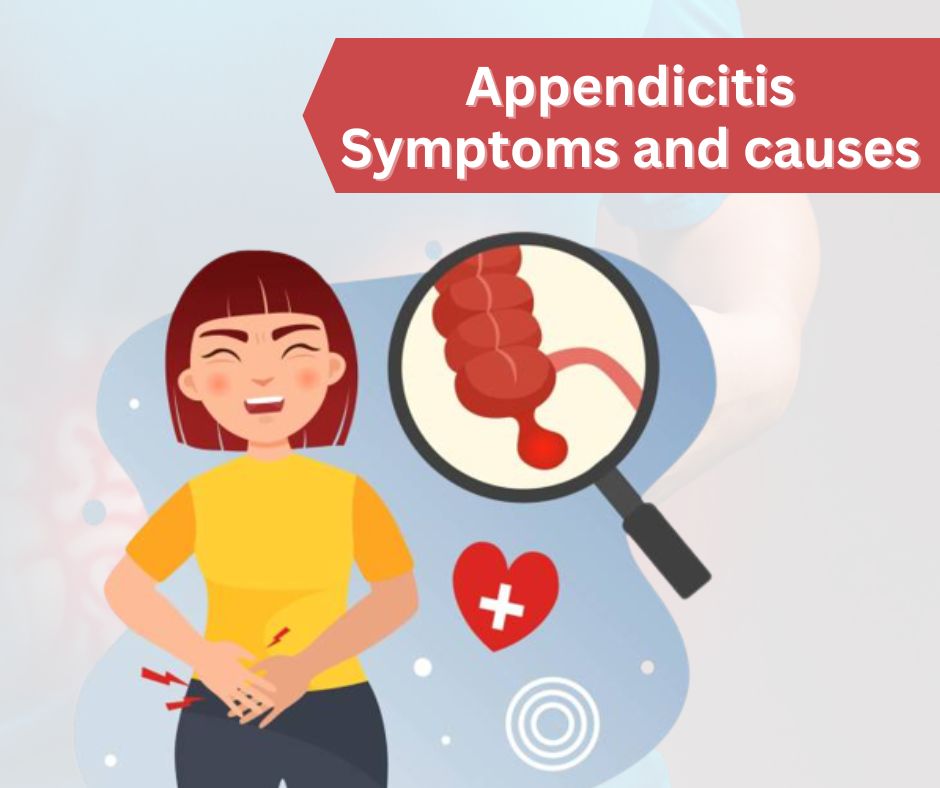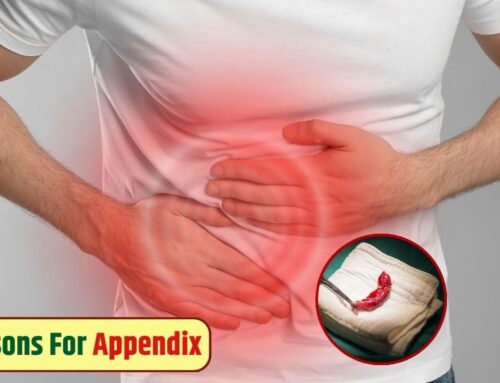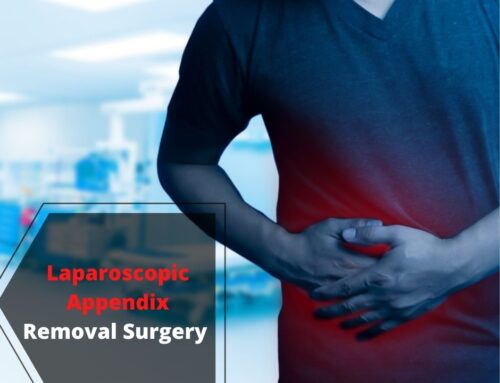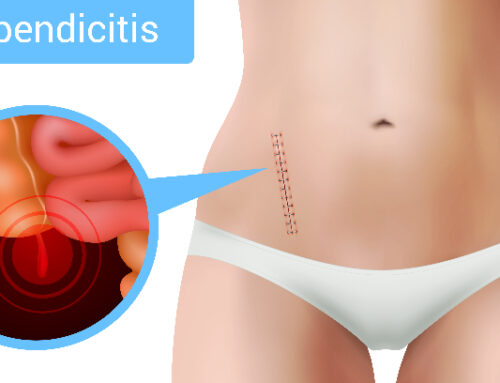Introduction
Inflammation of the appendix, a finger-shaped pouch that extends from the colon to the lower right side of the belly, is known as appendicitis. Pain in the lower right abdomen is a common symptom of appendicitis. Yet, for the vast majority of individuals, stomach discomfort radiates outward from the midsection.
With regard to the meaning of appendicitis and the definition of Appendicitis, the pain from appendicitis usually grows and becomes quite intense as the inflammation progresses. Although anybody may have appendicitis, it often strikes those between the ages of 10 and 30. Removing the appendix surgically is the gold standard therapy.
Symptoms of Appendicitis
Among the possible appendicitis symptoms are:
- Sharp, stabbing pain in the right lower abdominal region
- Pain that comes on suddenly and moves from the navel to the lower right side of the abdomen
- Discomfort that is exacerbated by coughing, walking, or making any sudden movements
- Diarrhea and sickness
- Appetite loss
- An intermittent, low-grade fever that may become more severe as the disease develops
- Irritable bowel syndrome (IBS) or constipation
- The Symptoms of Gas Bloating
- Flatulence
Depending on your age and where your appendix is located, you may feel discomfort in a different area. Because your appendix is located higher in your belly when pregnant, you may experience what seems like upper abdominal discomfort.
Causes of Appendicitis
Appendicitis most often occurs from an infection brought on by an obstruction in the appendix’s lining. A fast increase in bacterial numbers results in inflammation, swelling, and pus formation in the appendix. The appendix might burst if not addressed quickly.
Appendicitis may lead to significant consequences, including appendix rupture. If your appendix bursts, you risk developing a life-threatening illness called peritonitis that can only be treated by removing your appendix and cleaning out your belly immediately.
Abdominal abscess, sometimes known as a “pus pocket.” A pocket of infection might form if your appendix ruptures (abscess). A surgeon would often insert a tube through your abdominal wall and into the abscess to drain the infection. In order to treat the infection, the tube will remain in place for roughly two weeks while you take antibiotics.
The appendix will be removed surgically after the infection has cleared up. Sometimes an abscess is drained and the appendix is removed at the same time.
Conclusion
If you or your kid are experiencing concerning symptoms, it is important to see a doctor. You should see a doctor right away if you’re experiencing severe stomach discomfort. If you are looking for treatment for appendicitis in Pune, get in touch with Dr. Abhijit Gotkhinde, Ultra Care Clinic.




